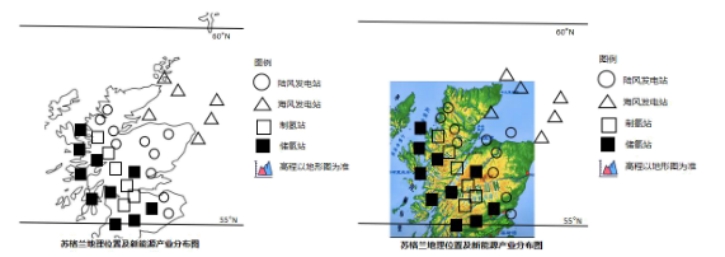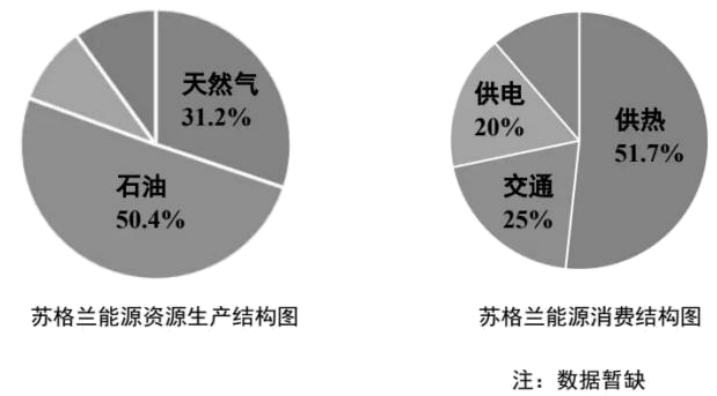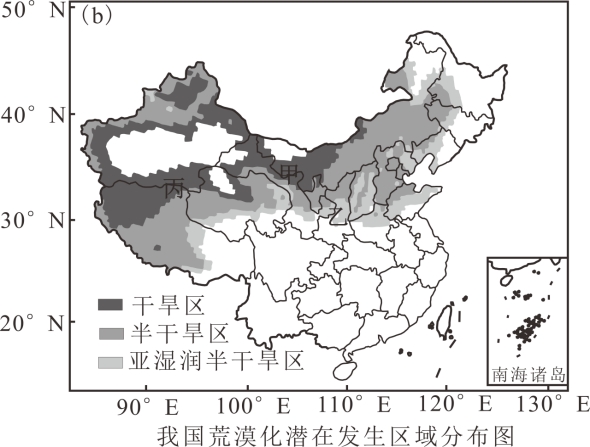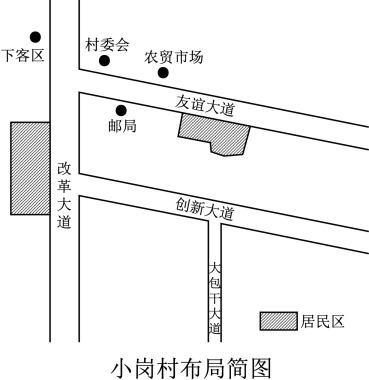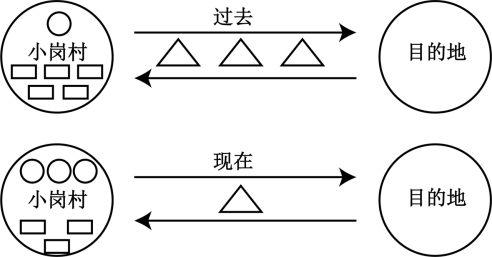阅读下面短文, 从每题所给的A、B、C、D四个选项中选出最佳选项。
One August afternoon, I sat in my kitchen staring at a glass vase that hadn’t seen daylight since my wedding.
My husband and I had just sold our house and we were busy ___21___ the beloved home our family had spent 23 years filling up. We had decided on key items for the ___22___ we were moving to in town, donated what we could, and rented a place to ___23___ our supposedly important objects. That left a house still ___24___ with things that, while not particularly ___25___, didn’t belong in a landfill (垃圾填埋场).
I took a picture of the vase and posted it online, for $10. A couple of messages came in, one wanting additional ___26___, another asking for a price cut. As our ___27___ day drew near, I settled on a new price ($0) and reposted it. The ___28___: “I hate this vase. Maybe you won’t.” In an instant, a woman raced into my house and left happily with the vase.
___29___, I posted more. My daily posts and the ___30___ I received became a precious ray of light in the chaos of my house. Each exchange provided a chance to ___31___ the landfill and to please another person I might not otherwise have ___32___.
I sit in my apartment today, loving each of the ___33___ that share our small space. I take ___34___ in knowing that, somewhere nearby, someone is ___35___ something that couldn’t come with us.
21. A. painting over B. looking around C. emptying out D. pulling down
22. A. hotel B. office C. cottage D. apartment
23. A. store B. display C. sell D. repair
24. A. covered B. decorated C. stuffed D. equipped
25. A. conventional B. valuable C. complicated D. tolerable
26. A. fees B. photos C. receipts D. models
27. A. move B. pay C. market D. work
28 A. warning B. request C. description D. reply
A. warning B. request C. description D. reply
29. A. Confused B. Interested C. Disappointed D. Encouraged
30. A. visits B. reports C. advice D. money
31. A. remove B. spare C. find D. check
32. A. investigated B. recognized C. encountered D. recommended
33. A. giveaways B. posts C. contributions D. belongings
34. A. joy B. part C. care D. time
35. A. anticipating B. appreciating C. delivering D. withdrawing
...
